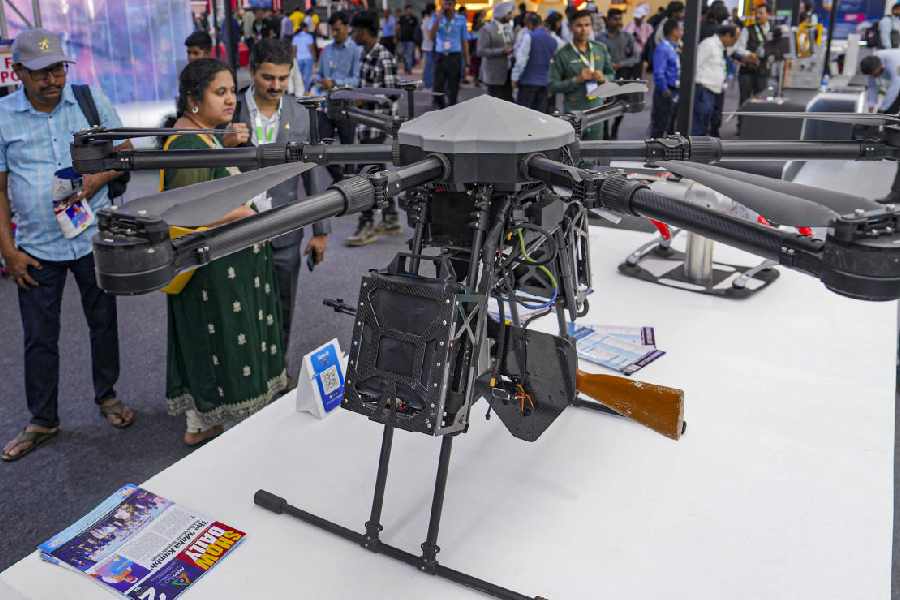Archaeologists last month reported finding an ancient stone tools workshop on the Tibetan plateau that pushes back the antiquity of humans on the roof of the world to more than 30,000 years.
A team of archaeologists in China, Russia and the US said the Nwya Devu site at an altitude of 4,600 metres above sea level is the highest Stone Age site identified yet.
Gao Xing and colleagues at the Institute of Vertebrate Paleontology and Paleoanthropology in Beijing said excavations at the site have yielded 3,683 stone artifacts, including blades, flakes, blade cores and flake cores as well as chunks and tools.
The researchers have described the findings of their excavations at the site from 2013 to 2016 in a paper that was published in the journal Science on November 30.

Photograph of the site where the stone age tools were discovered. Picture by John Olsen
The wide range of the tools at Nwya Devu suggest that the site was a workshop where early Tibetans manufactured stone tools from raw material, black slate from a nearby hill, the researchers said.
Their findings more than double the age for the presence of humans in Tibet. Archaeologists have in the past recorded sites of occupation in Tibet between 9,000 and 15,000 years ago, but all were medium to low elevation sites, typically below 3,300 metres above sea level.
The stone tools from Nwya Devu establish “a record for prehistoric consequent of this high-altitude environment much earlier than current evidence from the Andes for high-altitude colonization there,” the archaeologists said in their paper.
Earlier studies have indicated that specific sequences of “hypoxia-reducing genes” have helped Tibetan people adapt to the low oxygen environment in Tibet.
The findings support the idea that hypoxia-reducing genes from the extinct and archaic humans called Denisovans, who lived in Siberia may have diffused south, enhancing the ability of early settlers to live on the Tibetan plateau.










